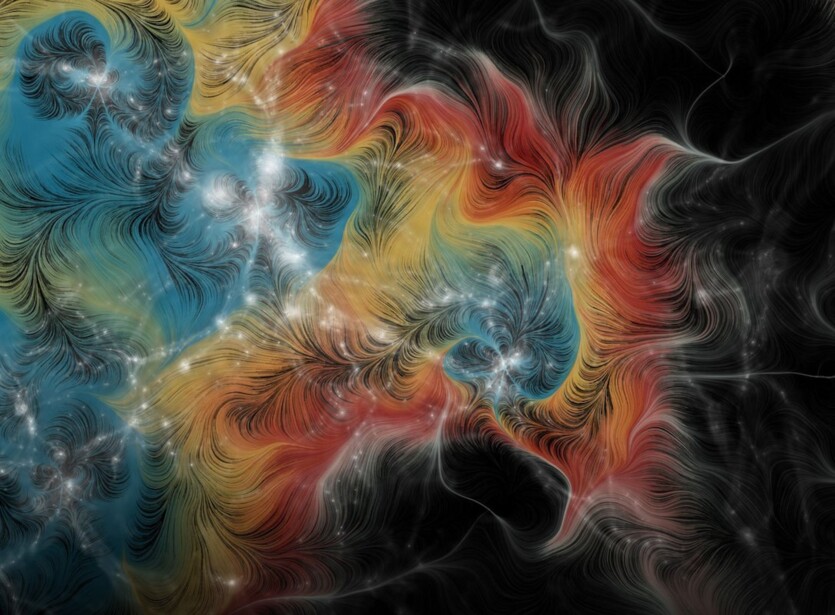
Scientists from the California Institute of Technology in the United States for the first time used fast radio flashes discovered the missing part of baryonic matter, that astronomers have been looking for for a long time.
Fast radio bursts are very powerful signals coming from distant galaxies that allow astronomers to see into interstellar space. These pulses of radio waves last less than a second, but emit an amount of energy equivalent to what our Sun can produce over several decades.
A team of astronomers from Harvard and Smithsonian Astrophysical Center, California Institute of Technology studied 69 such radio flares, whose sources were located at a distance of 11 million to more than 9 billion light years from Earth.
To detect the radio flares, the scientists used the Deep Synoptic Array (DSA) from the Owen Valley Radio Observatory (OVRO) at Caltech and the Australian Square Kilometer Array Pathfinder (ASKAP) radio telescope. Telescopes from the Keck Observatory in Hawaii and the Palomar Observatory near San Diego were used to measure the distances from Earth to the galaxies that emitted these radio flares.
According to study leader Liam Connor, when fast radio flares pass through intergalactic space, light is dispersed. By measuring this process, scientists were able to calculate the amount of matter between signal sources and the Earth.
«Fast radio bursts shine through the fog of the intergalactic medium, and by measuring exactly how the light slows down, we can weigh this fog even if it is too faint to see», — Liam Connor explains.

The results show that about 76% of baryonic matter is in intergalactic space. Another 15% — is in the form of hot gas in halos around galaxies. The remaining 9% — is represented by the matter inside the galaxies, which makes up stars, cold gas, planets, and other cosmic objects.
«It’s like seeing the shadow of all the baryons from the FRB as a backlight. If you see a person in front of you, you can learn a lot about them. But if you just see their shadow, you still know they’re there and roughly how big they are», — adds study co-author Vikram Ravi.
Astronomers estimate that ordinary matter makes up only 5% of the universe, while mysterious dark matter makes up 27%, and the rest is dark energy, which drives the expansion of the Universe.
Forget dark matter: a ghost galaxy found that «lives» without a key element of the Universe
The results of the study were published in the journal Nature Astronomy
Source: LiveScience

Spelling error report
The following text will be sent to our editors: